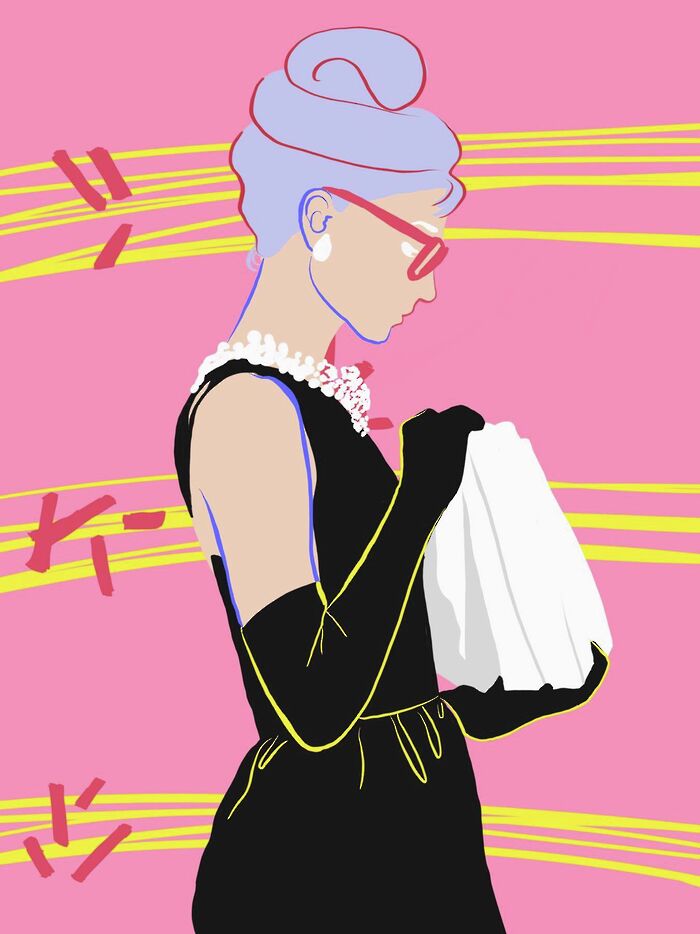60 years on and Singin’ in the Rain continues to enthrall
For Martha French, Singin’ in the Rain is both a nostalgic trip down memory lane and an important glimpse into an industry in crisis.
In 1957, whilst at university in Indiana, my grandparents (newly acquainted at the time) made their way back from a joyous college football game, my grandfather so gleeful that he swung round every lamppost they passed - an endearing impersonation of Gene Kelly performing the title number of Singin’ in the Rain (1952). My grandparents were married on December 31st, less than three months later. It’s one of the most famous scenes in the history of cinema - marked in the screenplay by six words only: “Don dances in the wet street” - the song perfectly encapsulates the carefree delight of falling in love, a feeling my grandparents shared so beautifully on that night 63 years ago .
I was brought up on regular doses of MGM musicals, but Singin’ in the Rain (widely - and I think rightly - regarded as the best Hollywood musical of all time) remains the one I know and love best. Besides, it is quite hard not to like a film that is more or less responsible for your very existence.
"This integration of the idea of the musical almost as a character itself pushed the boundaries of the form"
Singin’ is an achingly quotable, satirical take on 1920s Hollywood, that follows the industry’s transition from the silent to ‘talkie’ era. It stars Gene Kelly as film star Don Lockwood, who - with the help of his childhood friend and longtime collaborator Cosmo Brown (Donald O’Connor) - hopes to save his debut talkie ‘The Dueling Cavalier’ by dubbing his gloriously irritating co-star Lina Lamont (Jean Hagen) with the voice of chorus girl and Don’s new love interest, Kathy Selden, played by a 19-year-old Debbie Reynolds. After a dismal preview, the trio hatch a plan to save the film by turning it into a musical, inspiring an effervescent unfurling of singing and dancing (sometimes in the rain).
Singin’ in the Rain is undoubtedly an homage to the cinema and the musical, and this is at the heart of its enduring brilliance. The real star of the film is not Kelly or O’Connor or Reynolds, but the musical genre itself. And so, in spite of its satire, it remains a love letter to its audience, its history in the context of both film and the stage, and thus ultimately to itself. And yet it is an almost completely unpretentious, almost euphoric experience. Unique at the time as a new script written just for the screen (it would not be reverse-engineered onto the stage until 1983), it solidified the place of Hollywood as a place where musicals were not simply adapted but created. In fact, this was producer Arthur Freed’s very intention. Having already overseen the production of about 45 big-screen musicals, Freed sought to construct his own jukebox musical out of songs featured in films shot at his MGM unit. Consequently, Singin’ can be seen as a sort of melodic tapestry.
For example, ‘Good Morning’ originally featured in Babes in Arms (1939), ‘You Were Meant for Me’ in The Broadway Melody (1929) and ‘All I Do is Dream of You’ in Sadie Mckee (1934). The only original song in the whole soundtrack is O’Connor’s arrestingly chaotic ‘Make ‘Em Laugh’, yet even this is based on (if not a direct rip-off of) Cole Porter’s ‘Be a Clown’, which featured in the 1948 Freed-produced musical The Pirate.
On top of this, all the songs except the titular number and ‘All I Do is Dream of You’ are about movies; it is a film about film history in almost every scene. This integration of the idea of the musical almost as a character itself pushed the boundaries of the form, with a beautiful balancing of reality and fantasy creating a kaleidoscopic world of cinema and stage.
This balancing is seen most starkly in the iconic ‘Broadway Melody’ dream ballet sequence, in which Kelly glides through various film sets with the wonderful Cyd Charisse as his dance partner. A celebration of culture in all forms, Kelly’s voyage through these imagined studios provides us with a brief and vibrant history of music, dance and art in cinema. It is an undeniably tongue-in-cheek interlude that draws attention to the fantastical pretense at the heart of the Hollywood musical.
And so it is a film about the artifice of movie-making and yet - quite brilliantly - reliant on this very artifice. When Kathy dubs Lina Lamont, it is actually Jean Hagen’s voice and not Debbie Reynolds’ that we hear, whilst the sound of Reynolds’ tap dancing is provided by Gene Kelly’s feet. This (at times literal) lifting of the curtain is part of what makes Singin’ such sensational cinema.
Four days before I was born, my grandfather wrote a gushing article about the film for The Observer, claiming “If I were the Minister of Health, I'd see that chemists were well stocked with cassettes of Singin' in the Rain and encourage doctors to prescribe it for depressed patients. Does any work of art have a more agreeably therapeutic title?” Rather distressingly, this seems to me to be more sensible than anything Matt Hancock has ever said.
Last summer, sitting alone on a plane back from America and feeling more than a little uneasy, I stumbled across the film on the in-flight entertainment system. As its all too familiar title sequence flickered into life on the no more than 10 inch screen before me, it did indeed feel like a sort of - admittedly painless, cushy, even - therapy. There is something breezily conversational about Singin’ in the Rain that I have found with few other films; the camera and the characters it follows are inviting you into their world and lives and minds in a way that - on the first and fiftieth watch - feels like an offer of friendship, a promise of safety. Perhaps it is this warm generosity, this relentless, mesmeric ebullience that makes it such a timeless and true work of genius.
For the film retains its personal nature despite - or even because of - its status in the canon of Hollywood cinema. Out of its charm grows everything from overly sentimental student journalism to - in my grandparent’s case - a lifelong marriage full of films and laughter and singing in the rain. And so all that is left to say is this: if you haven’t seen it, watch it, if you have, watch it again. And again. And again. You never know who you might win over with a good Gene Kelly impression up your sleeve.
 News / Cambridge academics stand out in King’s 2026 Honours List2 January 2026
News / Cambridge academics stand out in King’s 2026 Honours List2 January 2026 Interviews / You don’t need to peak at Cambridge, says Robin Harding31 December 2025
Interviews / You don’t need to peak at Cambridge, says Robin Harding31 December 2025 Comment / What happened to men at Cambridge?31 December 2025
Comment / What happened to men at Cambridge?31 December 2025 News / Varsity’s biggest stories of 202531 December 2025
News / Varsity’s biggest stories of 202531 December 2025 Features / “It’s a momentary expression of rage”: reforming democracy from Cambridge4 January 2026
Features / “It’s a momentary expression of rage”: reforming democracy from Cambridge4 January 2026










